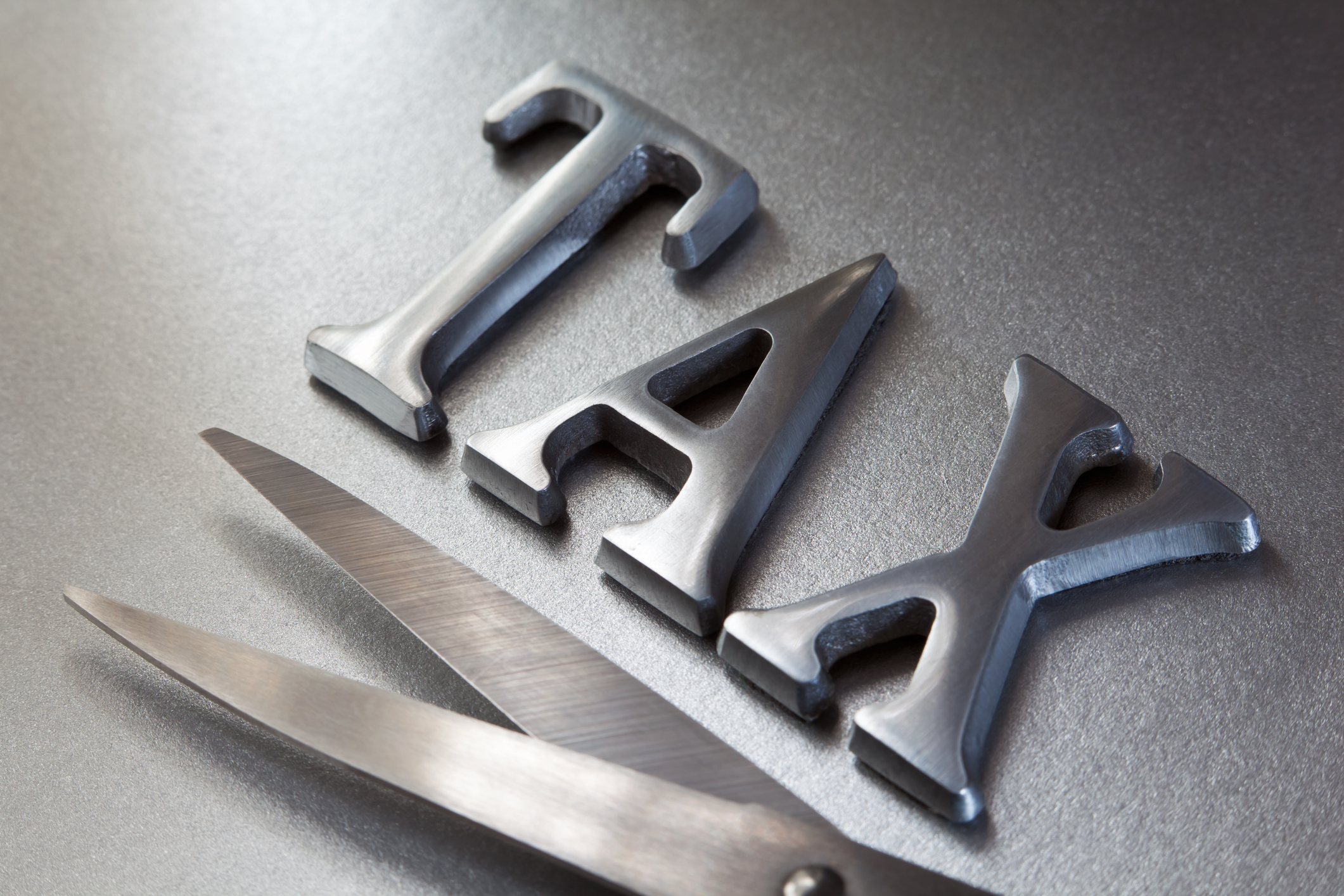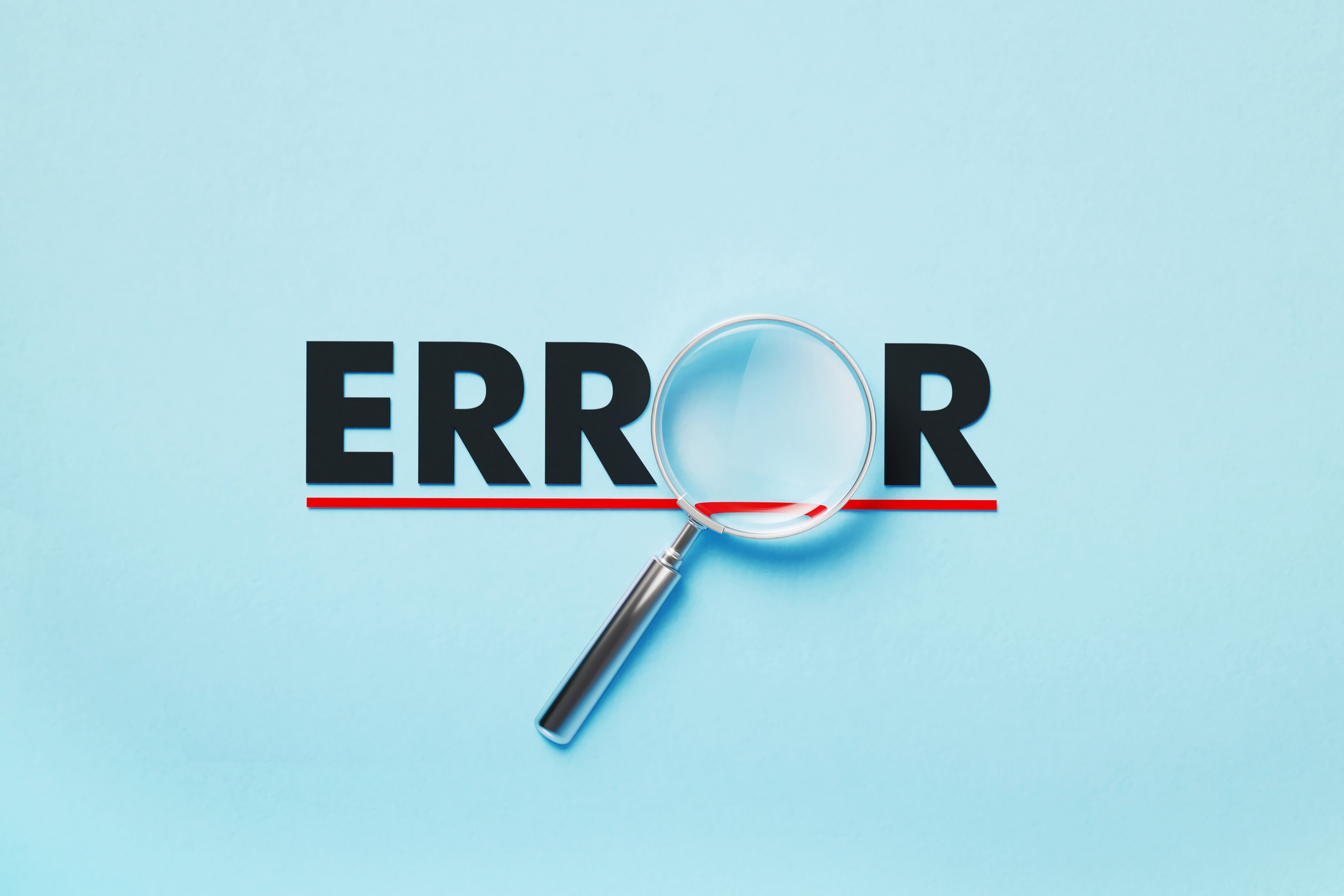Tax Filing for Freelancers, an Introduction to Schedule C
Launch a business this past year? Took on a little extra work to pad your paycheck? Here's an introduction to Schedule C and its sister form, Schedule SE, plus a few tips to help lower your tax bill.

If you launched your own business last year, or took on a little extra work to pad your paycheck, let me introduce you to the Schedule C and its sister form Schedule SE, the forms most freelancers need to file with their 1040s.
First of all, expect to dedicate a lot more time to completing your income tax forms. The IRS says the average taxpayer will spend more than ten hours working on the schedule C, including nearly two hours learning about it.
Well, here's the short course, a rundown of the paperwork you'll need and a few tips to help lower your tax bill.

Sign up for Kiplinger’s Free E-Newsletters
Profit and prosper with the best of expert advice on investing, taxes, retirement, personal finance and more - straight to your e-mail.
Profit and prosper with the best of expert advice - straight to your e-mail.
Which Forms to File
When you file your income taxes, you'll need to submit Schedule C in addition to your 1040. You can use the shorter Schedule C-EZ form if you have business expenses of $5,000 or less, have no employees and no home office deduction.
If your net earnings are more than $400 for the year, you need to file Schedule SE to figure your self-employment tax, which includes social security and medicare taxes.
You should receive 1099s from clients reporting your 2008 income. That's where you'll find all of the information you'll need to complete these tax forms.
For more information, see Filing Requirements for Self-Employed Individuals on the IRS Web site and Publication 334, Tax Guide for Small Businesses.
What You Can Write Off
Self-employed people are responsible for both the employer's and the employee's share of Social Security and Medicare taxes -- totaling 15.3% of their net self-employment income. (People who are employed by someone else only pay the 7.65% employee share.) Because self-employed folks are hit so much harder at tax time, any expenses you can deduct can make a big difference.
You'll be able to write off many of the expenses from your freelance business, including the cost of a computer, printer and other equipment you use in your work.
Work-related phone calls and mailings, office supplies, copying, advertising, business travel and other expenses are also deductible.
You may also be able to deduct your health insurance premiums if you aren't eligible for health insurance from an employer or your spouse's employer (you can't deduct more than the net income of your business).
Half of the self-employment tax you pay is also deductible.
See our Taxopedia on Deductible Business Expenses for quick check list. For more details, see IRS Publication 535, Business Expenses.
You may also be able to write off the business use of your home, including a portion of your homeowners insurance, utilities, rent or mortgage interest -- which is more valuable as a business deduction than an itemized deduction. The amount of these deductions is based on the percentage of your home or apartment used for your business. See IRS Publication 587, Business Use of Your Home, for more information about the rules.
Save for Retirement
You can also lower your tax bill by making a tax-deductible contribution to a self-employed retirement plan.
You can deduct the contribution now and the money grows tax-deferred until you retire.
You generally have several choices, but if you didn't open up an account by the end of the calendar year, you only have one choice available now: a Simplified Employee Pension.
SEPs work a lot like IRAs and are available at most brokerage firms and mutual fund companies. You have until April 15, 2009, to establish your 2008 account and contribute the money.
Get Ready for Next Year
If you continue to earn self-employment income this year and aren't having any taxes withheld from your checks, you may need to make tax payments by sending the IRS form 1040-ES each quarter. Otherwise, you could end up with a penalty for late payments.
You should generally pay quarterly taxes if you'll owe more than $1,000 when you file your return. If you or your spouse has another job, you can increase your withholding to cover the extra income rather than bothering with quarterly payments. For more information, see the IRS's page on Paying Estimated Taxes. Use Form 1040-ES to figure and pay the tax.
Keep in mind that the first quarterly payment for 2009 self-employed income is due on April 15, with a separate form and address from your regular 2008 income taxes.
Return to Kiplinger's Tax Center
Get Kiplinger Today newsletter — free
Profit and prosper with the best of Kiplinger's advice on investing, taxes, retirement, personal finance and much more. Delivered daily. Enter your email in the box and click Sign Me Up.

As the "Ask Kim" columnist for Kiplinger's Personal Finance, Lankford receives hundreds of personal finance questions from readers every month. She is the author of Rescue Your Financial Life (McGraw-Hill, 2003), The Insurance Maze: How You Can Save Money on Insurance -- and Still Get the Coverage You Need (Kaplan, 2006), Kiplinger's Ask Kim for Money Smart Solutions (Kaplan, 2007) and The Kiplinger/BBB Personal Finance Guide for Military Families. She is frequently featured as a financial expert on television and radio, including NBC's Today Show, CNN, CNBC and National Public Radio.
-
 The AI Doctor Coming to Read Your Test Results
The AI Doctor Coming to Read Your Test ResultsThe Kiplinger Letter There’s big opportunity for AI tools that analyze CAT scans, MRIs and other medical images. But there are also big challenges that human clinicians and tech companies will have to overcome.
By John Miley Published
-
 The Best Places for LGBTQ People to Retire Abroad
The Best Places for LGBTQ People to Retire AbroadLGBTQ people can safely retire abroad, but they must know a country’s laws and level of support — going beyond the usual retirement considerations.
By Drew Limsky Published
-
 Ask the Editor: Taxes, April 11, 2025
Ask the Editor: Taxes, April 11, 2025Ask the Editor In our Ask the Editor series, Joy Taylor, The Kiplinger Tax Letter Editor, answers questions related to IRAs and other retirement accounts.
By Joy Taylor Published
-
 Free IRS Tax Filing for 30 Million People: Will It Continue Under Trump?
Free IRS Tax Filing for 30 Million People: Will It Continue Under Trump?Tax Filing Direct File was piloted last year in 12 states and has since expanded to 25. But some wonder whether the program will last under the Trump administration.
By Gabriella Cruz-Martínez Last updated
-
 Taxpayer Revolt? Why More People Are Avoiding Filing Taxes This Year
Taxpayer Revolt? Why More People Are Avoiding Filing Taxes This YearTax Season It may be tempting to skip filing due to the overwhelmed IRS, but doing so could have financial and legal consequences.
By Kelley R. Taylor Last updated
-
 U.S. Treasury to Eliminate Paper Checks: What It Means for Tax Refunds, Social Security
U.S. Treasury to Eliminate Paper Checks: What It Means for Tax Refunds, Social SecurityTreasury President Trump signed an executive order forcing the federal government to phase out paper check disbursements by the fall.
By Gabriella Cruz-Martínez Published
-
 IRS Layoffs Spark Delays, Doubt This Tax Season
IRS Layoffs Spark Delays, Doubt This Tax SeasonTax Season Tax experts say Trump’s downsizing of the IRS is already causing problems.
By Gabriella Cruz-Martínez Last updated
-
 DOGE Gains More Grip on IRS Amid Leadership Reshuffle
DOGE Gains More Grip on IRS Amid Leadership ReshuffleIRS The IRS acting chief counsel was recently removed from his role, adding to the chaos at the federal tax agency. Here’s what it means for you.
By Gabriella Cruz-Martínez Published
-
 Trump’s Latest Pitch: No Taxes If You Earn Less Than $150K?
Trump’s Latest Pitch: No Taxes If You Earn Less Than $150K?Taxes The Trump administration reportedly wants to eliminate taxes for certain earners.
By Gabriella Cruz-Martínez Last updated
-
 Don’t Make These Five Mistakes on Your Tax Return
Don’t Make These Five Mistakes on Your Tax ReturnTax Filing The IRS warns taxpayers to watch out for these common errors as they prepare to file.
By Gabriella Cruz-Martínez Published